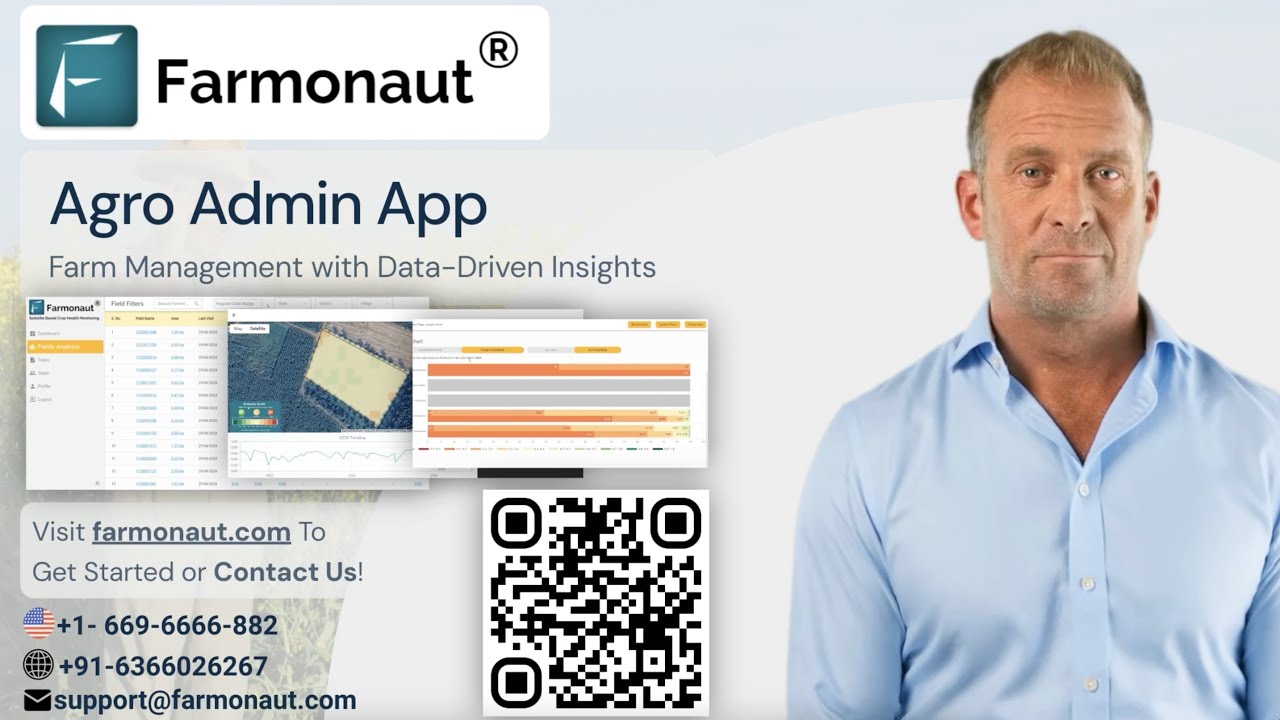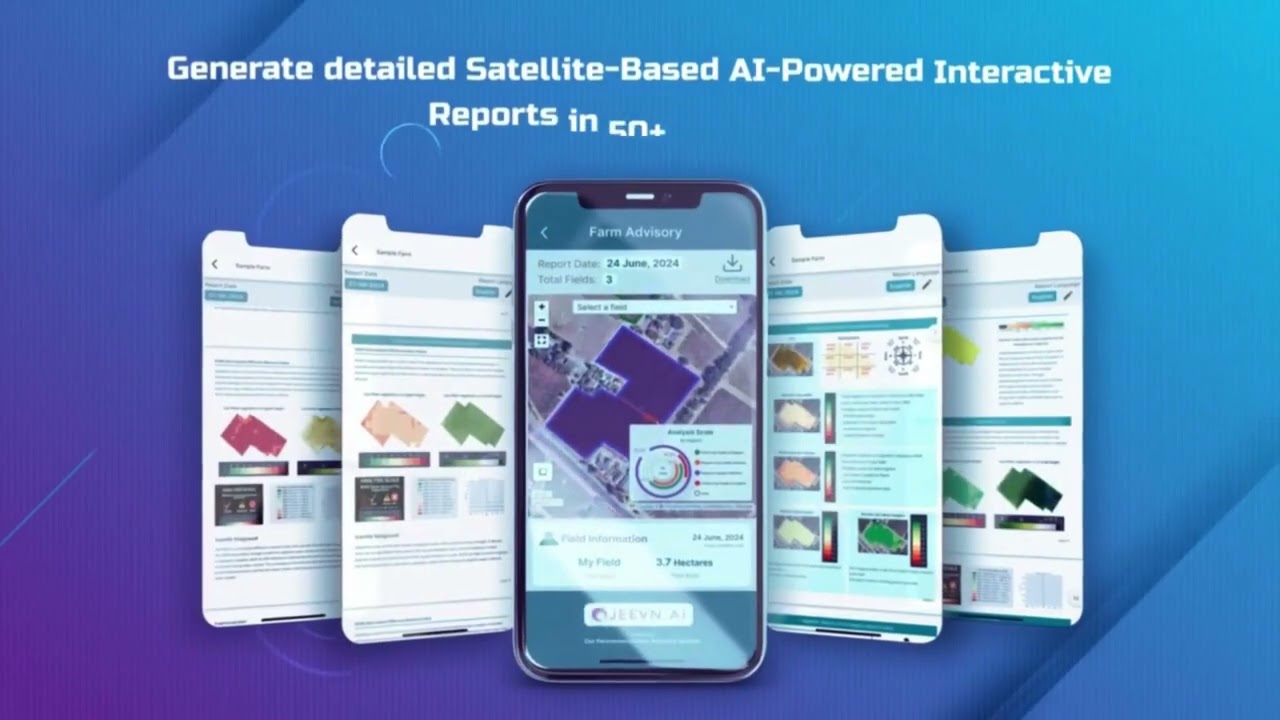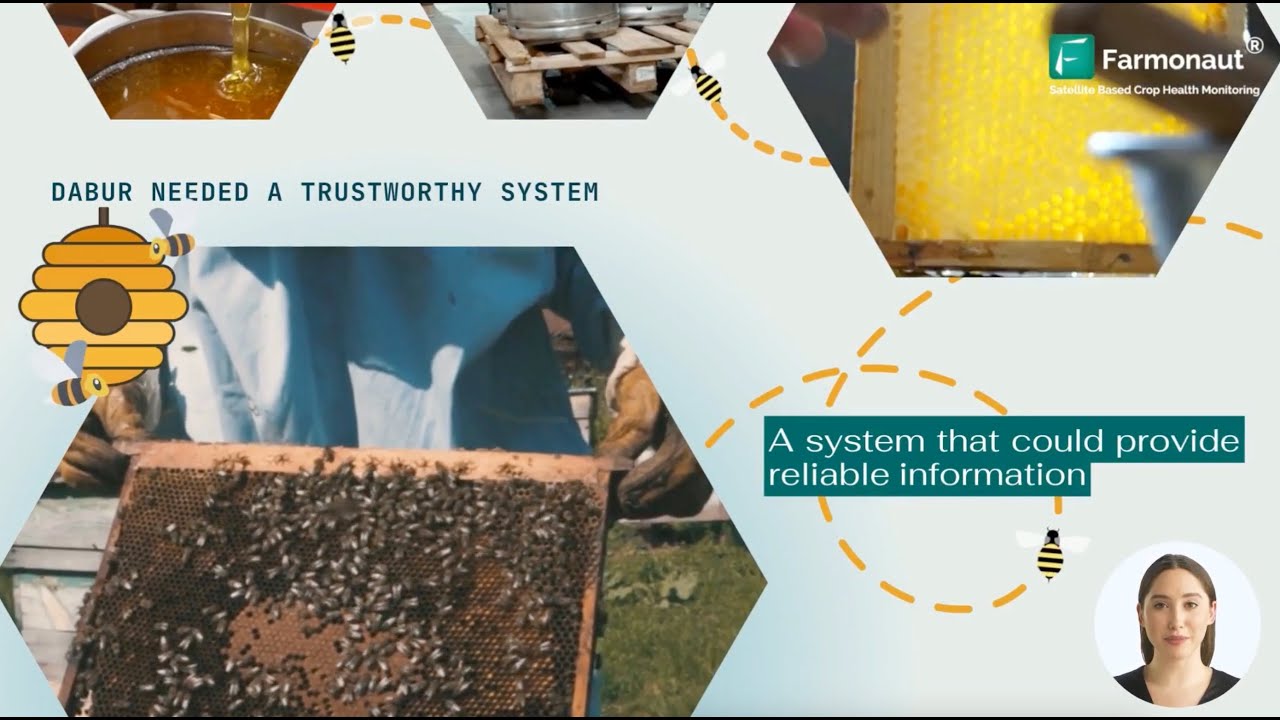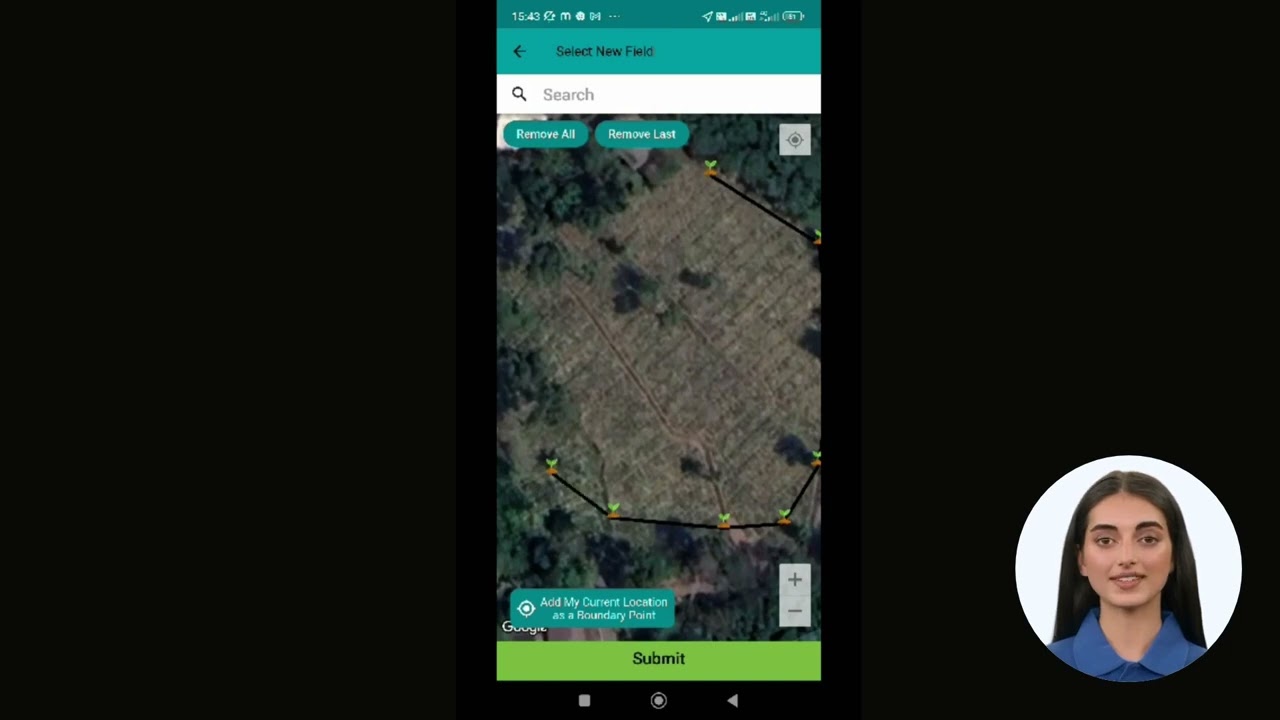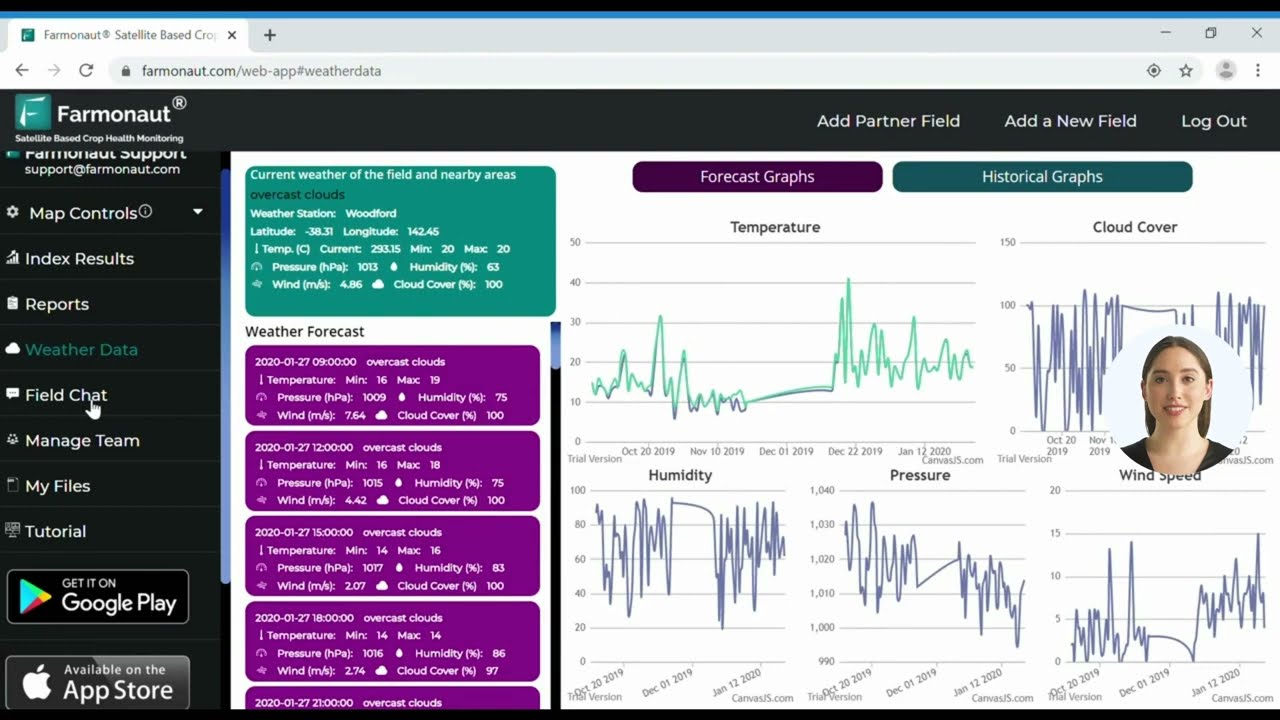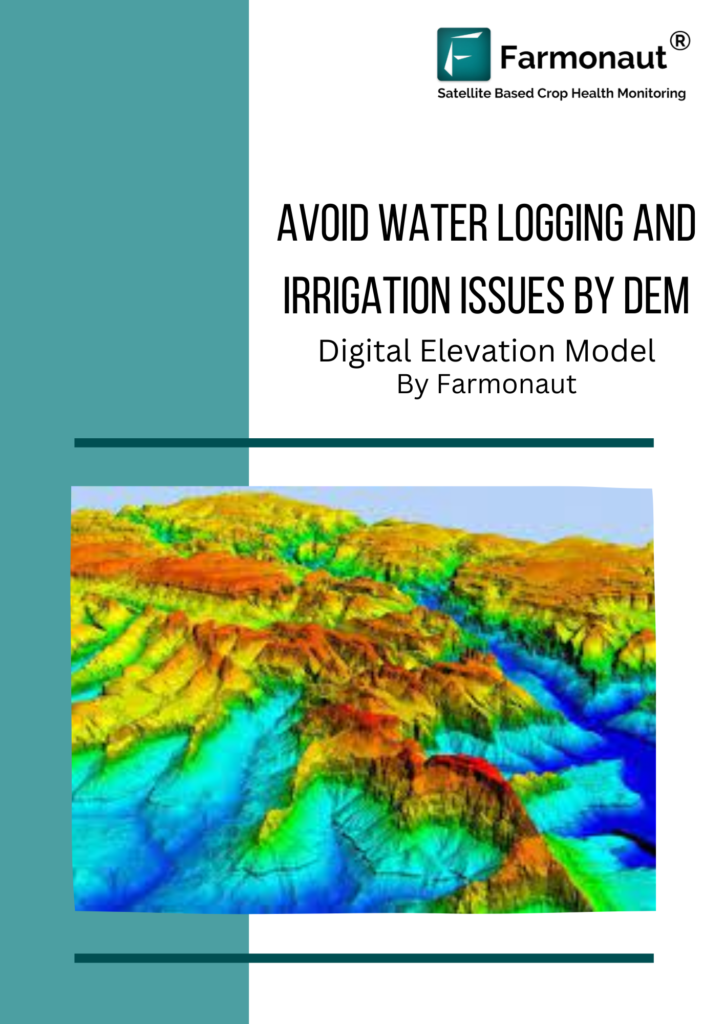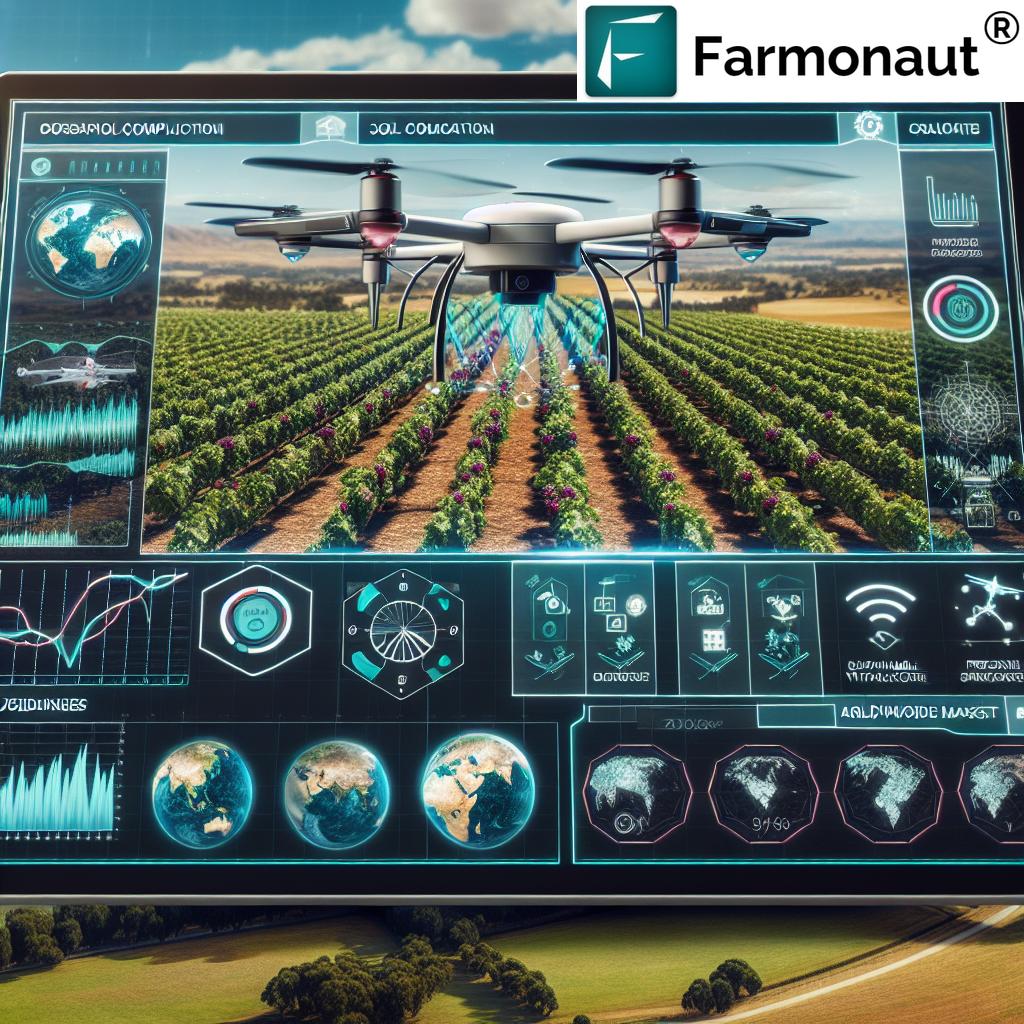Farmers Market Management Software: 2025 Market Size, Trends & Innovations
Introduction to Farmers Market Management Software
The agricultural sector is rapidly evolving, propelled by the integration of digital technologies that enhance productivity, transparency, and sustainability. Among the most impactful advancements, farmers market management software has emerged as a critical tool for modern farmers, dairy producers, and market managers alike. As we approach 2025, the role of management software solutions—not only in farmers markets but also in dairy farms and broader farm operations—continues to expand. This blog explores how digital platforms designed for farm management are shaping the future of agriculture, focusing on the projected farm management software market size, leading technologies, and their contribution to a more transparent and resilient food chain.
If you’re looking to deepen your understanding of how technology is transforming agriculture or considering software adoption for your farm or market, you are in the right place. From vendor management to traceable supply chains, discover the platforms, tools, and trends shaping 2025 and beyond.
The Evolution of Agriculture with Digital Management
The agricultural sector is experiencing unprecedented transformation thanks to digital advancements. The rise of farmers market management software, dairy farm management software, and other specialized solutions reflects a shift from traditional methods to data-driven, technology-enabled farming. No longer is agriculture solely about manual labor and intuition—it’s about leveraging data, analytics, and automated management tools to make critical decisions quickly and confidently.
Why is digital management crucial in 2025?
- Rising operational complexity: Modern farms juggle everything from crop cycles to regulatory compliance, demanding smarter planning and monitoring.
- Globalization and food chain transparency: Consumers, regulators, and global buyers want to know where food comes from, how it’s produced, and whether it meets environmental and ethical standards.
- Resource optimization: With climate change and population growth, efficiently allocating resources has become mission-critical for sustainability and profitability.
- Competitive markets: Modern farmers and producers must differentiate their products and streamline operations to survive—and thrive.
From farmers market software that streamline vendor, stall, and customer engagement to dairy farm management software optimizing milk yield and herd health, digital transformation in agriculture isn’t just a trend—it’s the new standard for competitiveness.
Scope and Types of Farm Management Software
Farm management software refers to digital platforms designed to assist farmers and agribusinesses in planning, monitoring, and analyzing farm activities. These platforms cover a wide array of functions, including:
- Crop planning and management: Precision crop monitoring, pest and disease detection, weather forecasting, resource allocation
- Livestock tracking: Real-time monitoring of animals, health data, feed intake, and breeding cycles
- Financial management: Integrated accounting, payroll, expense tracking, and regulatory compliance
- Market and supply chain management: Vendor management, direct-to-consumer sales support, payment and food safety compliance
Within the expansive universe of farm management solutions, several specialized segments are rising rapidly:
- Farmers Market Management Software: Focused on organizing farmers markets, enhancing efficiency of vendors, stall allocation, customer engagement, and payment processing
- Dairy Farm Management Software: Manages all aspects of herd health, production cycles, milk yield, and animal welfare
- Other Solutions: Cover broader tasks like field mapping, environmental impact monitoring, and fleet/resource optimization
This software revolution is redefining how data is used in modern agriculture—not only for large-scale producers but also for smallholders, empowering all sizes of operations.
2025 Market Size: Comparative Analysis Table
To understand the impact and scope of farmers market management software and its counterparts, let’s examine the estimated 2025 market size and adoption trends with a comparative table.
| Software Type | Estimated 2025 Market Size (USD Millions) | Projected Annual Growth Rate (2024–2025, %) | Key Productivity/Sustainability Features | Adoption Rate (% of target users) |
|---|---|---|---|---|
| Farmers Market Management Software | $1,200 | 13.2% | Vendor management, real-time analytics, compliance tracking, payment integration, customer engagement | 48% |
| Dairy Farm Management Software | $2,100 | 15.7% | Milk yield optimization, herd health monitoring, reproductive cycle planning, feed management, regulatory compliance | 62% |
| Other Farm Management Solutions | $4,500 | 11.3% | Field mapping, carbon footprinting, resource allocation, financial accounting, traceability solutions | 53% |
Discover more:
- Carbon Footprinting Solutions — Track and manage your farm’s environmental impact to meet global sustainability standards with integrated analytics, satellite monitoring, and actionable advisories.
- Traceability Platform — Ensure complete product traceability from farm to table, enhancing trust with consumers and meeting demanding food safety compliance requirements using robust blockchain-driven solutions.
- Fleet Management — Optimize logistics and resource allocation across agriculture, reduce costs, and streamline field operations with satellite-based tools.
Farmers Market Management Software: Driving Local Food Systems
Farmers market management software is emerging as the backbone of local food economies, bridging the gap between local producers and consumers. It serves as the digital core for managers who organize bustling venues, coordinate vendors, manage stall allocation, engage customers, ensure payment processing, and maintain food safety regulations—all with remarkable efficiency and transparency.
Key features of these platforms include:
- Vendor and stall management: Automate registration, stall assignment, payments, and scheduling
- Customer relationship management: Tools to capture feedback, send notifications, promote vendors, and foster loyalty
- Data analytics: Identify consumer trends, optimize product offerings, forecast demand, and increase market attendance
- Food safety compliance: Streamlined processes for certifications, traceability, and regulatory paperwork
- Payment integrations: Offer digital transactions, receipts, and financial reporting for consistent operations
The impact of farmers markets software is unmistakable: smoother operations, easier compliance, better vendor-customer interactions, and invaluable insight into what drives customer loyalty and revenue. In increasingly competitive local markets, these digital tools are indispensable for success.
Dairy Farm Management Software: Revolutionizing Milk Production
The dairy farm management software market is booming, reflecting the intensifying need for productivity, animal welfare, and regulatory compliance in milk production. Modern dairy operations face complex challenges—from rising global demand for dairy products to stricter sustainability and ethical standards.
Digital platforms allow dairy farmers to:
- Monitor herd health: Real-time tracking of animal health, disease detection, and tailored medical interventions
- Optimize reproduction and milk yield: Track reproduction cycles, predict peak milk productivity, and improve breed selection strategies
- Manage feed intake: Adjust rations and schedules with analytics that balance nutrition, cost, and yield
- Streamline compliance: Document processes for regulations, obtain and manage relevant certifications
As more farms adopt digital management, they can enjoy:
- Increased productivity: Early disease detection and data-driven breeding plans enhance output and profitability
- Improved animal welfare: Rapid response to health concerns and consistent monitoring
- Transparent operations: Comprehensive data records, improving traceability throughout the supply chain
- Environmental sustainability: Resource-efficient feeding, waste reduction, and emissions tracking—essential in the global dairy market
With over 60% of modern dairies expected to use some form of digital management software by 2025, these platforms have become the standard for competitive, compliant, and sustainable milk production.
Technology Trends Powering the 2025 Farm Management Software Market
The farm management software market size is expanding at an impressive rate, driven by continuous integration of cutting-edge technologies such as IoT sensors, satellite imagery, mobile solutions, and AI-driven analytics. These digital tools unlock a host of benefits for producers, managers, and other agricultural stakeholders.
Key Innovations in 2025:
- Multispectral Satellite Monitoring: Platforms like ours at Farmonaut utilize satellite imagery to monitor vegetation health, soil moisture, and pest risks, making precision farming accessible to both large and smallholdings.
Example video: - Artificial Intelligence and Jeevn AI: Real-time, satellite-driven advisory support from AI systems, as seen in solutions like Farmonaut Jeevn AI, enables swift response to weather, disease, and operational threats.
- Blockchain-based Traceability: Immutable, transparent ledgers that guarantee food authenticity, reduce fraud, and comply with strict safety laws.
Watch how Farmonaut’s traceability technology powers food integrity: - Drone Technology: Automated drones assist in aerial surveillance, plant health mapping, and real-time threat detection—increasing monitoring coverage and speed.
- Mobile and Cloud-based Apps: Modern platforms offer on-the-go access to data, reports, and alerts via secure web, Android, and iOS applications.
Getting started is simple:
Want seamless integration? Explore Farmonaut’s API for direct satellite and field data access, or visit our Developer Docs for detailed guidance on leveraging satellite-driven analytics within any agriculture or market management software.
Sustainability, Transparency, and Compliance: The Digital Imperative
The modern agriculture value chain is heavily influenced by consumer demands for sustainability, ethical production, and food safety. Farmers market management software and farmers markets software platforms play an increasingly pivotal role in supporting these key imperatives.
How Do Software Solutions Support Sustainability and Transparency?
- Traceable Supply Chains: Document every step from seed to shelf; Farmonaut’s traceability platform utilizes blockchain for improved trust and regulatory compliance.
- Environmental Monitoring: Satellite-driven carbon footprint tracking allows farms to adopt greener practices and transparently report on emissions and resource use.
- Automated Compliance: Minimize paperwork and automate certifications, ensuring faster adherence to global safety standards without administrative headaches.
- Data-Driven Ethics and Animal Welfare: Particularly in dairy, software ensures that welfare protocols are met and documented, boosting consumer confidence.
With these innovations, platforms not only streamline operations but also act as guardians of ethics, transparency, and global standards—empowering farmers and managers to build a more sustainable future.
Farmonaut: Advancing Agricultural Insights with Satellite Technology
At Farmonaut, we are passionate about making satellite-driven agricultural insights accessible and affordable for farmers, businesses, and governments worldwide. Our platform blends advanced technologies—from AI-powered advisories and blockchain-based traceability to environmental impact monitoring and smart fleet management—to address the diverse needs across modern agriculture, mining, and infrastructure.
- Real-time Monitoring: Get satellite-based updates on crop health, soil moisture, and weather risks, supporting smarter resource allocation and timely interventions.
- Jeevn AI Advisory System: Receive AI-driven strategies, alerts, and bespoke advice for every field or herd scenario, improving efficiency and yields.
- Blockchain Traceability: Build consumer trust and meet regulatory compliance demands with end-to-end product tracking. See our traceability platform and watch how honey can be traced with Farmonaut’s solution:
- Resource & Fleet Management: Optimize logistics and reduce costs in agriculture and infrastructure. Learn more about our resource and fleet management system.
- Environmental Footprinting: Monitor, report, and manage your farm’s environmental impact with advanced satellite analytics. Visit our carbon footprinting solutions page.
- API Integration: For developers and agricultural service providers, our API and API Developer Docs support seamless implementation of satellite intelligence into any agritech workflow.
Our mission is to democratize advanced agricultural technology—making powerful, sustainable, and transparent insights available to every stakeholder in the value chain.
What’s Next? The Future of Agriculture and Market Management Software
Looking ahead to 2025 and beyond, farm management software platforms will continue to integrate with emerging technologies: automated machinery, machine learning, drones, and even blockchain-driven food credits.
- Increased Automation: Machine-assisted planting, harvesting, and monitoring will reduce labor constraints and boost productivity.
- AI-powered Insights: Analytics will move from descriptive to prescriptive, guiding not just decision-making but orchestrating operations across the entire farm or market.
- Blockchain Everywhere: More food and agricultural products will carry digital certificates of origin, safety, and ethical compliance, boosting consumer trust and value for producers.
- Mobile-first Experiences: Every stakeholder—from farm workers to market customers—will access crucial data on smartphones, accelerating adoption and accessibility in emerging markets.
- Sustainability as Standard: Regulatory standards will increasingly mandate transparency, emissions tracking, and traceability—software adoption isn’t just a “nice-to-have,” but a baseline for market participation.
This digital evolution will reshape how food is produced, marketed, and consumed—building more resilient, sustainable, and competitive agricultural systems for everyone.
FAQs About Farmers Market Management Software
Q1: What is farmers market management software?
Farmers market management software is a digital platform that helps managers, vendors, and market coordinators handle operations, including vendor management, stall assignments, compliance tracking, payments, customer engagement, and real-time analytics—boosting efficiency and transparency for modern agricultural markets.
Q2: How does dairy farm management software improve productivity?
Dairy farm management software enables real-time herd health monitoring, feed planning, reproductive cycle tracking, and automation of compliance documentation. This results in higher milk yield, reduced wastage, improved animal welfare, and easier regulatory adherence—delivering greater profitability and sustainability.
Q3: Why is traceability important in agriculture?
Traceability solutions, often powered by blockchain, allow farms and food products to be tracked from origin to consumer, providing evidence of compliance with food safety regulations, supporting quick recalls, and building consumer trust. See traceability in action with Farmonaut’s platform here.
Q4: How do smallholder farmers benefit from farm management software?
Digital platforms make precision agriculture accessible and affordable for smallholders. They empower efficient resource use, reduce input costs, automate operational tasks, and provide valuable market insights—helping small-scale farmers thrive in competitive and sustainable food systems.
Q5: How can I integrate satellite insights into my own software?
Farmonaut’s API lets you connect to real-time field and weather data. Easy-to-use developer docs simplify the process, allowing integration into any agri-software for enhanced farm or market management.
Conclusion: The Digital Path Forward for Modern Agriculture
Digital management software—including farmers market management software and dairy farm management software—is revolutionizing how modern agriculture operates. In 2025, these platforms will be more critical than ever for staying competitive, achieving compliance, and meeting the growing expectations of global consumers concerned about sustainability, food safety, and supply chain transparency.
From ultra-efficient market operations to transparent, ethical, and sustainable food production, farm management software is no longer optional—it’s the backbone of a thriving global agricultural sector. With rapidly evolving technologies, affordable access, and expanding functional scope, the farm management software market size is set for remarkable growth.
At Farmonaut, we continue to empower farmers, managers, and enterprises with advanced, affordable, and easy-to-use tools—because a sustainable future starts with transparent, data-driven agriculture.
Farmonaut Subscriptions
Choose the subscription that fits your management needs and enjoy real-time satellite insights, AI-driven advisories, environmental monitoring, and blockchain traceability for your farm operation or market. Learn about our pricing below:


